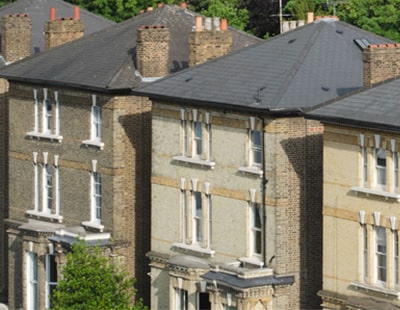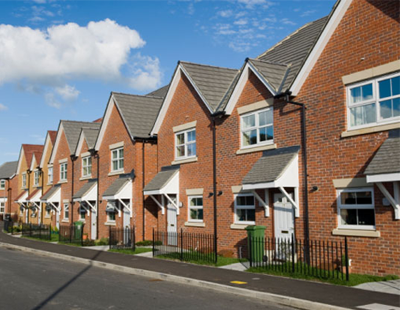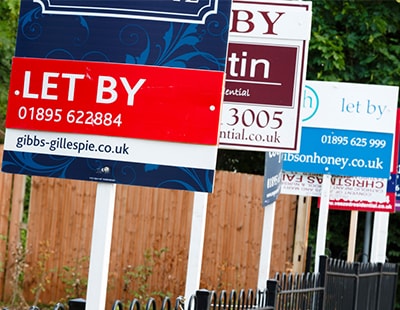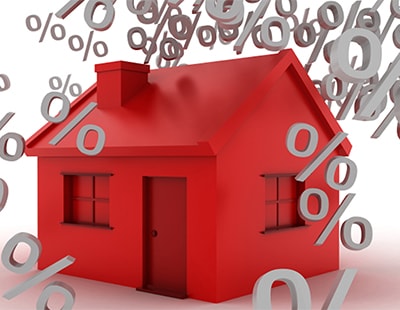
Two bedroom properties produce the best yields for buy to let investors according to the latest research.
Lettings management platform Howsy has looked at current rental yields across one bed, two bed, three bed and four-or-more bed properties; it’s assessed the average cost of buying each property type and the average rent they command.
The research shows that across England, two-bed properties make by far the best investment option with the average yield at 4.8 per cent.
This compares to 4.1 per cent for a one bed, 4.5 per cent for a three bed and 3.6 per cent for properties with four or more bedrooms.
It also seems that investing in a two bed up north is a better bet to maximise those rental yields with the North East seeing the highest average yields for a two bed property at 5.5 per cent.
The North West is the next best option with the average rental yield for a two bed at 5.3 per cent, followed by Yorkshire and the Humber on 5.2 per cent.
The average rental yield for a two bed in London currently sits at 4.5 per cent.
Howsy chief executive Calum Brennan says: “As a landlord, maximising the profitability of your buy to let investment is as vital now as its ever been and property size and type are as important as location when it comes to doing so.
“While the two bed property is traditionally the most popular amongst tenants and landlords due to the additional size without going overboard on costs, there is a slight regional variation in the capital.
“This is of course, due to the high rents you can secure in London even on a one bed and the overwhelming demand for properties that have seen even the smallest ‘studio flats’ rent for above average prices.”












%20-%20IMAGE%20Client%20Accounting%20%E2%80%93%20what%20are%20your%20options.jpg)


.png)








Join the conversation
Jump to latest comment and add your reply
Interesting but it misses the trick. By looking simply at gross yield (rent against capital value) and ignoring running costs and occupancy rate, the picture is far from complete. One high-value house versus two smaller ones? Only one building to maintain, one boiler to service, one selective licensing fee to pay, one kitchen to refit, etc. on the bigger unit. Then again, two cheaper units might have better occupancy rates and also spread risk. And all this changes not just on north versus south, but district by street.
Buy-to-let returns are much more complex than simple gross yield calculations and many a landlord has got it badly wrong because they don’t calculate net returns. Can we get a bit more sophisticated, given these assets are, for the majority of small landlords, huge investments on their part?
What absolute twaddle Howsy spout.
Tenant demographic is a major factor.
I'll give you a classic answer.
I have some very nice two bed flats.
I struggle to source anyone who wishes to rent them.
There is massive demand for rooms particularly from airport staff.
Cabincrew prefer their own rooms paying up to at least £550pcm.
However due to scarcity they are sharing with 2 in each room of my 2 bedroom flats paying the equivalent of what the total flat would ordinarily let at.
Now if I had a 4 bed house I could easily achieve £550 per room increasing my yield substantially.
Indeed that is what I would like to do..
Sell all my 2 bed flats and convert to one 4 bed house.
I will have no difficulty filling the 4 bedrooms!
Howsy are clueless!!
Please login to comment